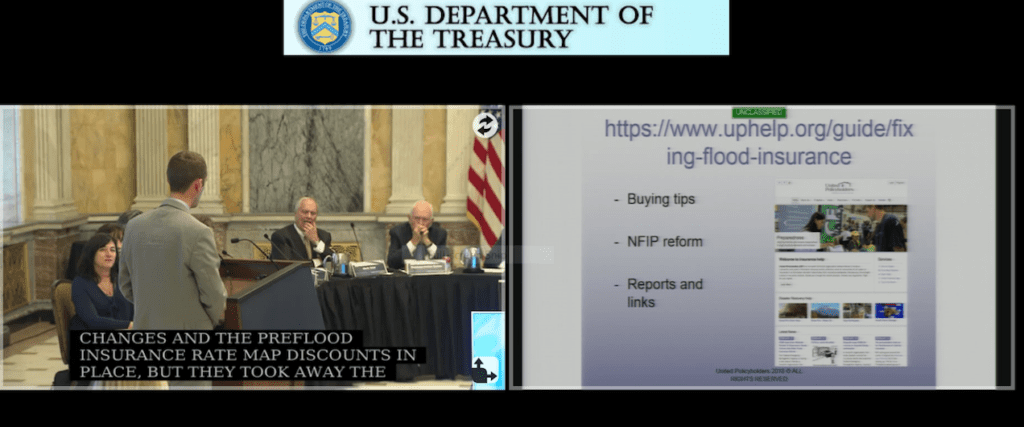According to recently released findings of the National Institute of Building Science, 23 years of federal mitigation grants provided by the Federal Emergency Management Agency (FEMA), Economic Development Administration (EDA) and Department of Housing and Urban Development (HUD), resulted in a national benefit of $6 for every $1 invested. That means mitigation – which includes building code compliance and fortifying homes and businesses – reduces the likelihood of damage from weather events. Mitigation works and should translate into insurance savings for property owners who comply and fortify.
As home insurance becomes more expensive in many parts of the US, it is imperative that residential property owners get help understanding what steps they can take to harden/fortify their properties and get the benefit of their investment through reduced insurance premiums. There’s been lots of progress in hurricane-prone states in this regard. But in wildfire-prone states, the work is just beginning. Some insurance companies are getting on board, others continue to offer excuses for why they won’t.
UP is working with regulators and partners to encourage insurers to voluntarily help their customers make risk reduction improvements and get discounts in return. We have also helped draft legislation to accomplish that goal.
Last week I was a co-presenter with the Federal Emergency Management Agency at the Federal Advisory Committee on Insurance’s meeting at the U.S. Treasury Department in Washington D.C. on the topic of flood mitigation and insurance. In an era where our climate is changing and extreme weather events are an increasing fact of life, for the sake of our nation and homeowners’ financial security, we must engage insurance companies in facilitating and rewarding risk reduction/mitigation activities.

